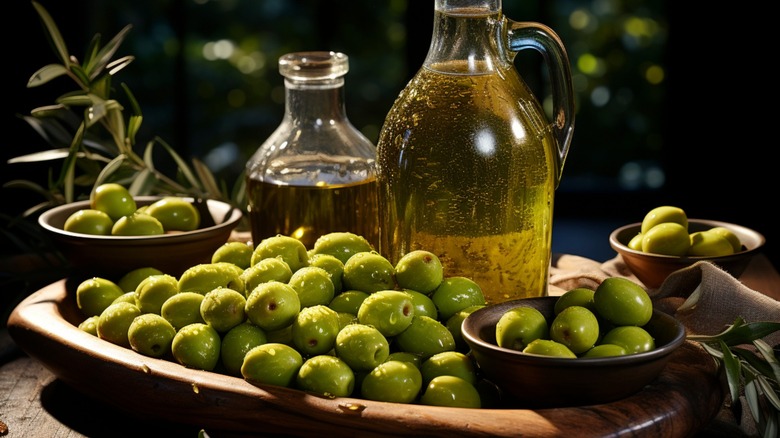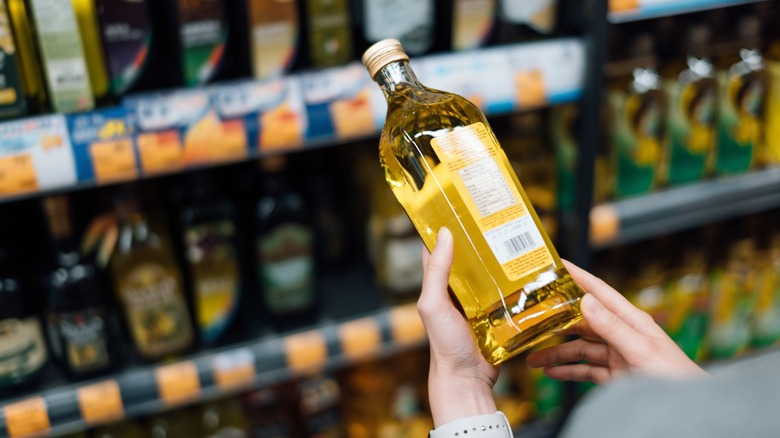What Kind Of Olives Are In Your Olive Oil?
When you pour olive oil into your pan or drizzle it over a salad, have you ever wondered what kind of olives went into that bottle? The world of olive oil is rich and varied, reflecting the diverse history and culture of olive cultivation across the Mediterranean and beyond.
Among the various types of olives, the Picual olive reigns supreme, accounting for nearly a third of the world's olive oil production according to Olive Oil Times. Originating from Spain's Andalusia region, Picual olives are prized for their robust flavor and high oil yield, making them a go-to choice for many producers.
The flavor profile of Picual oil is distinctive, offering fruity and slightly bitter notes that enhance a variety of dishes. This versatility allows it to shine in salad dressings, marinades, and even as a dipping oil for bread. Understanding the type of olives in your olive oil can elevate your culinary creations and enrich your appreciation for this ancient ingredient.
Unpacking your olive oil
While Picual olives dominate the olive oil world, many other varieties deserve recognition. Take Arbequina, for instance. These gems from Catalonia, Spain, account for about 10% of global production and are celebrated for their smooth, sweeter taste, making them ideal for both virgin and light olive oils. Then there's Hojiblanca, known for its subtle apple-like flavor, though it yields slightly less oil than Picual and Arbequina.
And let's not overlook Italian olives, each boasting its own distinguishing taste and character. Leccino, Frantoio, and Coratina each offer unique flavors. Leccino is perfect for a gentle touch; Frantoio adds an herbal depth; Coratina is known for its bold notes and high polyphenol content — those powerful antioxidants that benefit your health.
Curious about the olives in your olive oil? Start with the label on the bottle. Quality oils often showcase the varieties used, making it easy to identify them. Look for the geographical area of production which can also provide clues; for example, oils from Andalusia likely feature local favorites like Picual or Hojiblanca.
By learning about these olive varieties, you'll become an olive oil expert, impressing friends and family with your newfound knowledge. Next time you pour that golden liquid, you'll confidently know which olives contributed to your dish!

